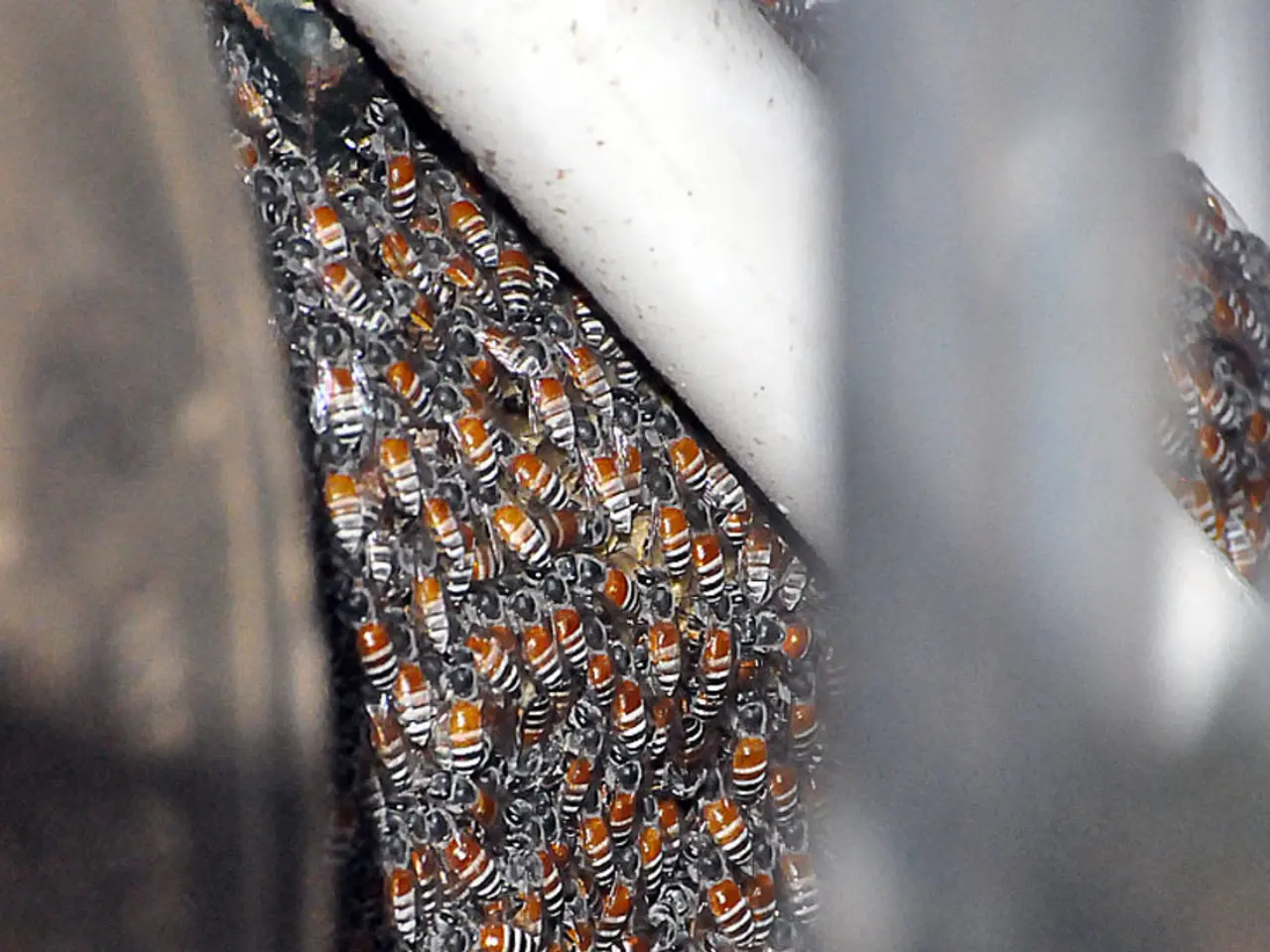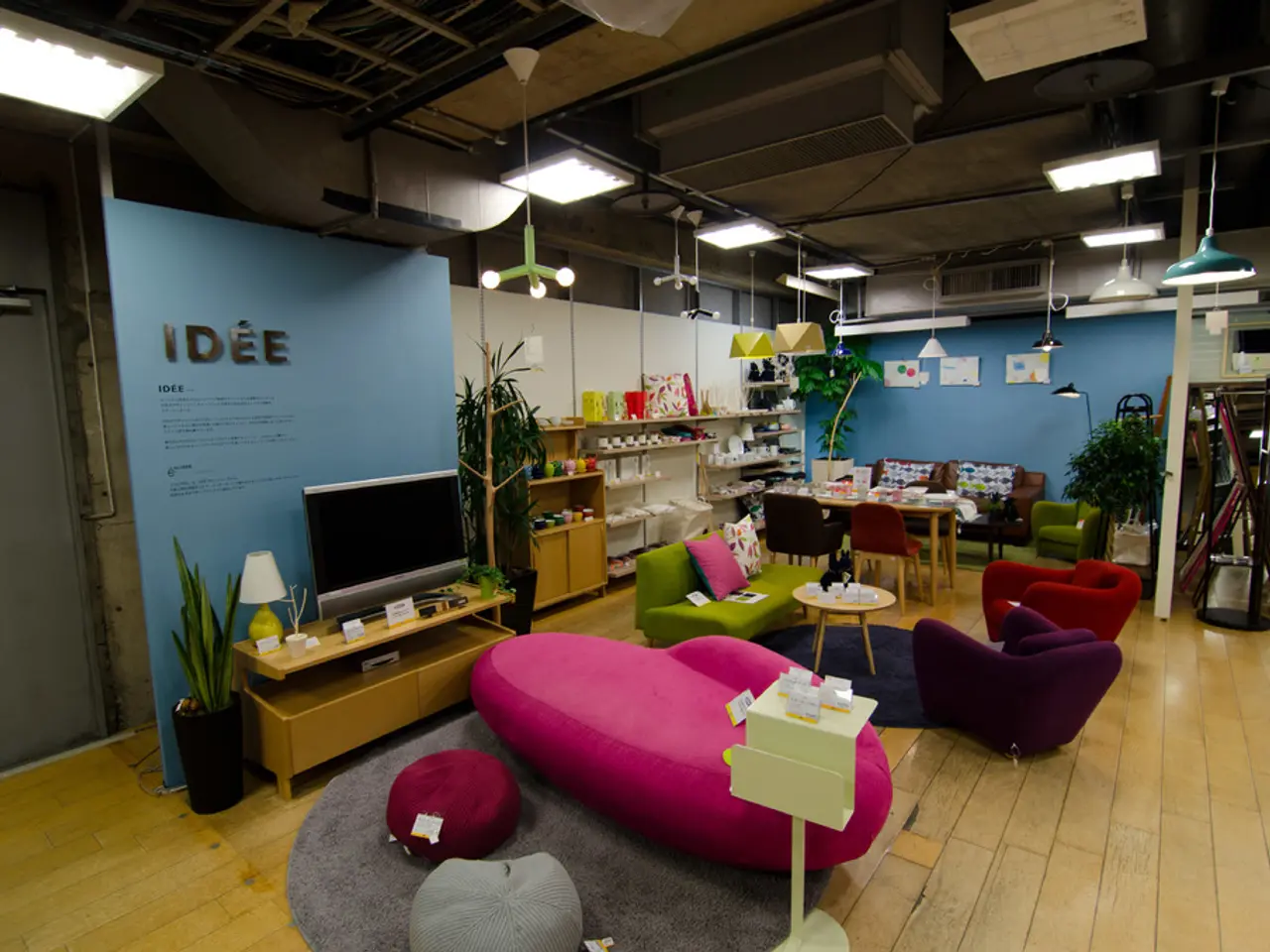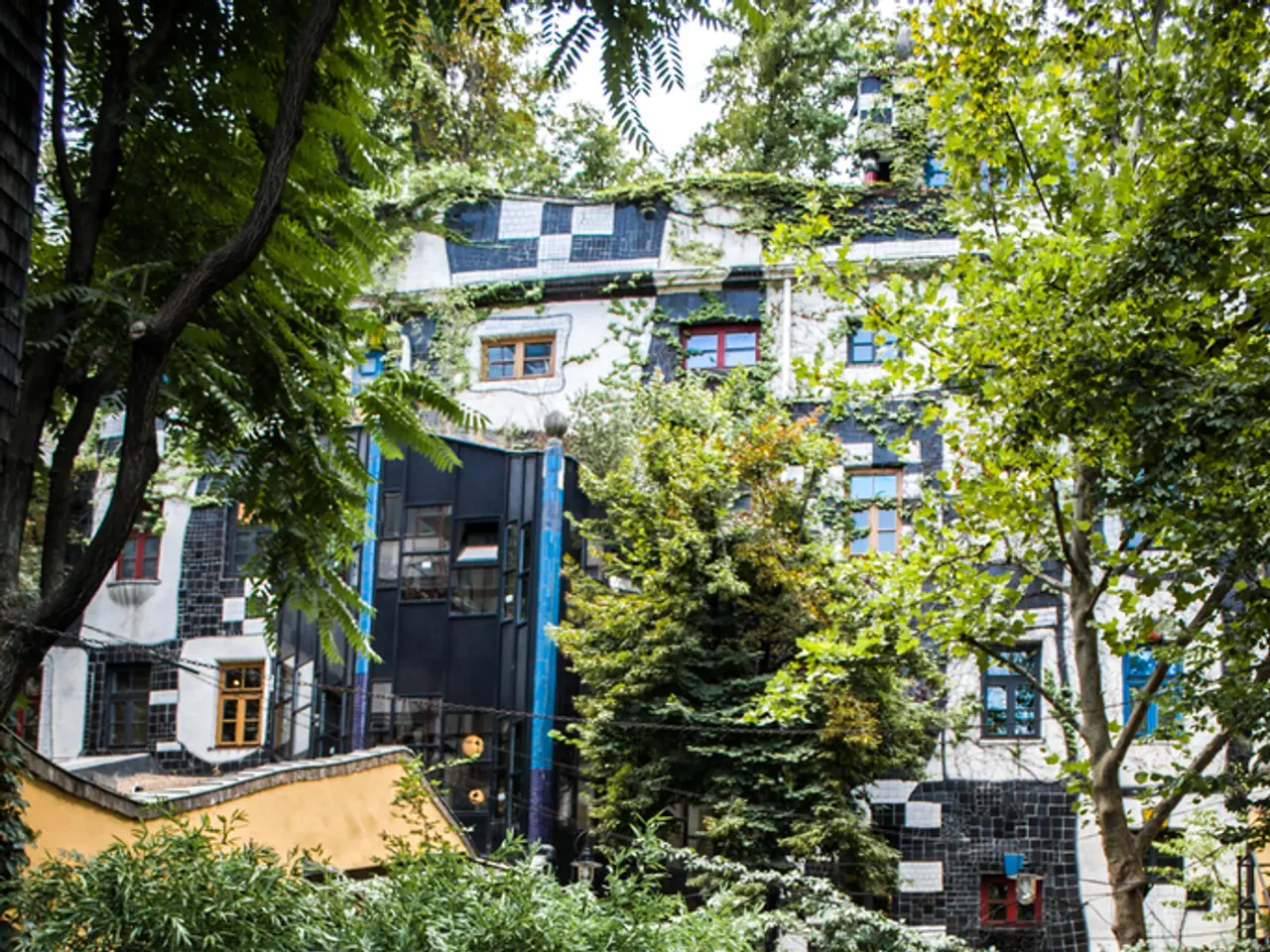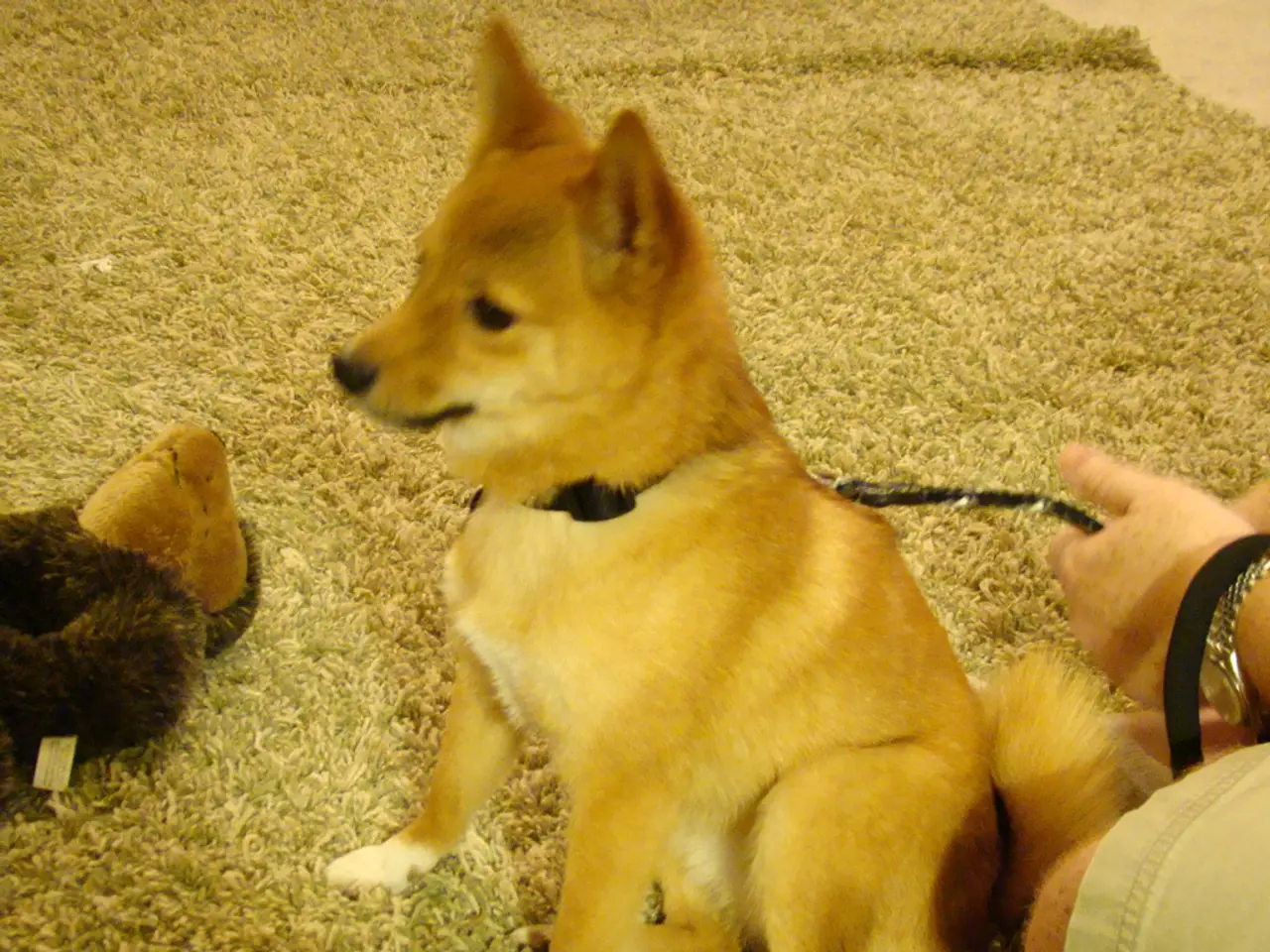The Essential Role of Bees: Why They Matter
In a world where bees play a crucial role in pollinating 75-80% of food crops globally, it's essential to create bee-friendly environments. Here are six key practices for gardeners to follow to help the bee population thrive and reduce the impact of chemicals.
1. **Choose Native Plants and Diverse Flower Types**
Planting native species adapted to your region provides the best resources for local bees. A variety of flower shapes, sizes, and colours attract different bee species, such as blue, purple, white, and yellow blooms. Include open daisy-like flowers for small bees, tubular flowers for long-tongued bees, and clustered flowers for easy foraging.
2. **Plant in Clumps and Layers**
Group flowers in clusters ("drifts") rather than isolate single plants, enhancing foraging efficiency for bees. Layer plants by height, with tall plants like sunflowers in the back, medium ones like bee balm in the middle, and low-growing ground covers at the front. This provides food sources at multiple heights and creates an inviting environment.
3. **Provide Nesting and Overwintering Sites**
Leave portions of your garden undisturbed with hollow stems, brush piles, or bare soil for native bees to nest. Consider building or installing simple bee houses (e.g., bamboo tubes or drilled wood blocks) positioned with morning sun and afternoon shade for temperature regulation.
4. **Maintain Year-Round Nectar and Pollen Sources**
Plan for continuous bloom succession from early spring to late fall by including species that flower at different times, such as pussy willows in early spring and goldenrod in late fall. This ensures steady food availability to support stable bee populations throughout the growing season.
5. **Avoid or Minimize Pesticide Use**
Establish pesticide-free zones in your garden to protect pollinators from chemical exposure. Use safe alternatives and organic practices to maintain a balanced ecosystem that supports bees and other beneficial insects.
6. **Additional Supportive Practices**
Create pollinator-friendly corridors and buffer zones with native wildflowers and shrubs to reduce pesticide drift and provide safe foraging pathways. Install pollinator watering stations with shallow dishes, stones for landing, and fresh water to help bees hydrate safely.
By combining native, diverse plantings with thoughtful garden design, providing nesting habitats, ensuring continuous food and water, and eliminating harmful chemicals, gardeners can significantly improve bee health and pollination success.
So, let's get gardening! By providing a bee-friendly haven, we can help ensure the continued success of these vital pollinators and secure a more sustainable future for our planet.
- To support a diverse range of bee species, consider incorporating science-backed environmental-science practices, such as planting native plants and various flower types in your garden.
- By layering plants with different heights and colors, you can create an inviting climate-change friendly environment that caters to various bee species’ preferences for feeding and nesting.
- By avoiding harsh chemicals and providing safe nesting sites like bee houses, maintain a bee-friendly lifestyle that promotes healthier bees and a more balanced ecosystem in your home-and-garden setting.
- In the fashion-and-beauty of gardening, emphasize sustainability by opting for year-round nectar and pollen sources like pussy willows and goldenrod, thereby fostering a resilient bee population in your environment.
- For a thriving bee community, ensure your garden serves as a sanctuary, providing watering stations and maintaining pesticide-free zones that support bees' wellbeing and variety.




